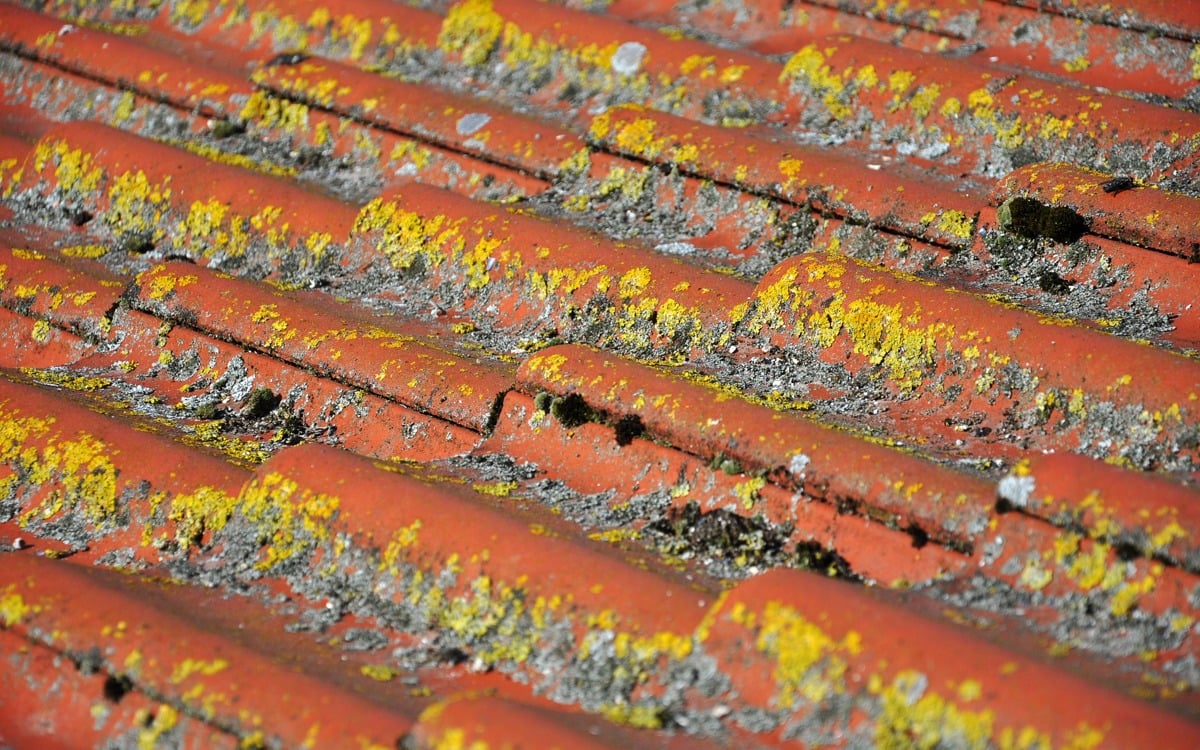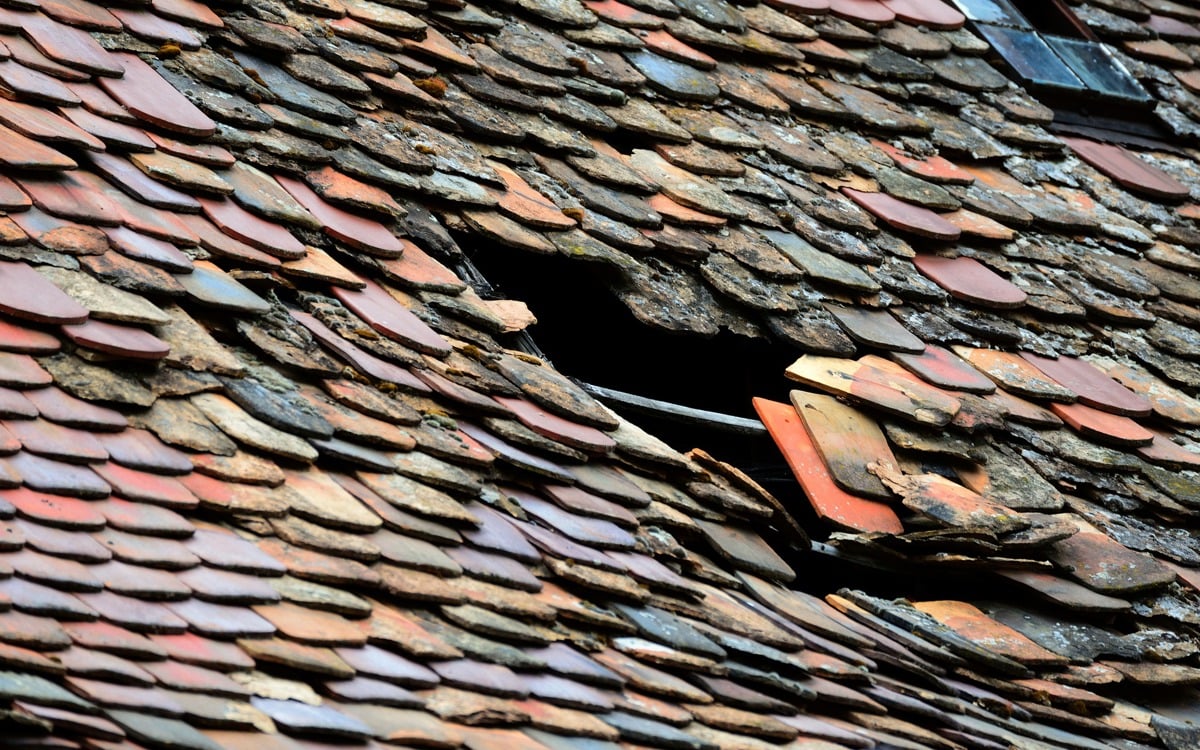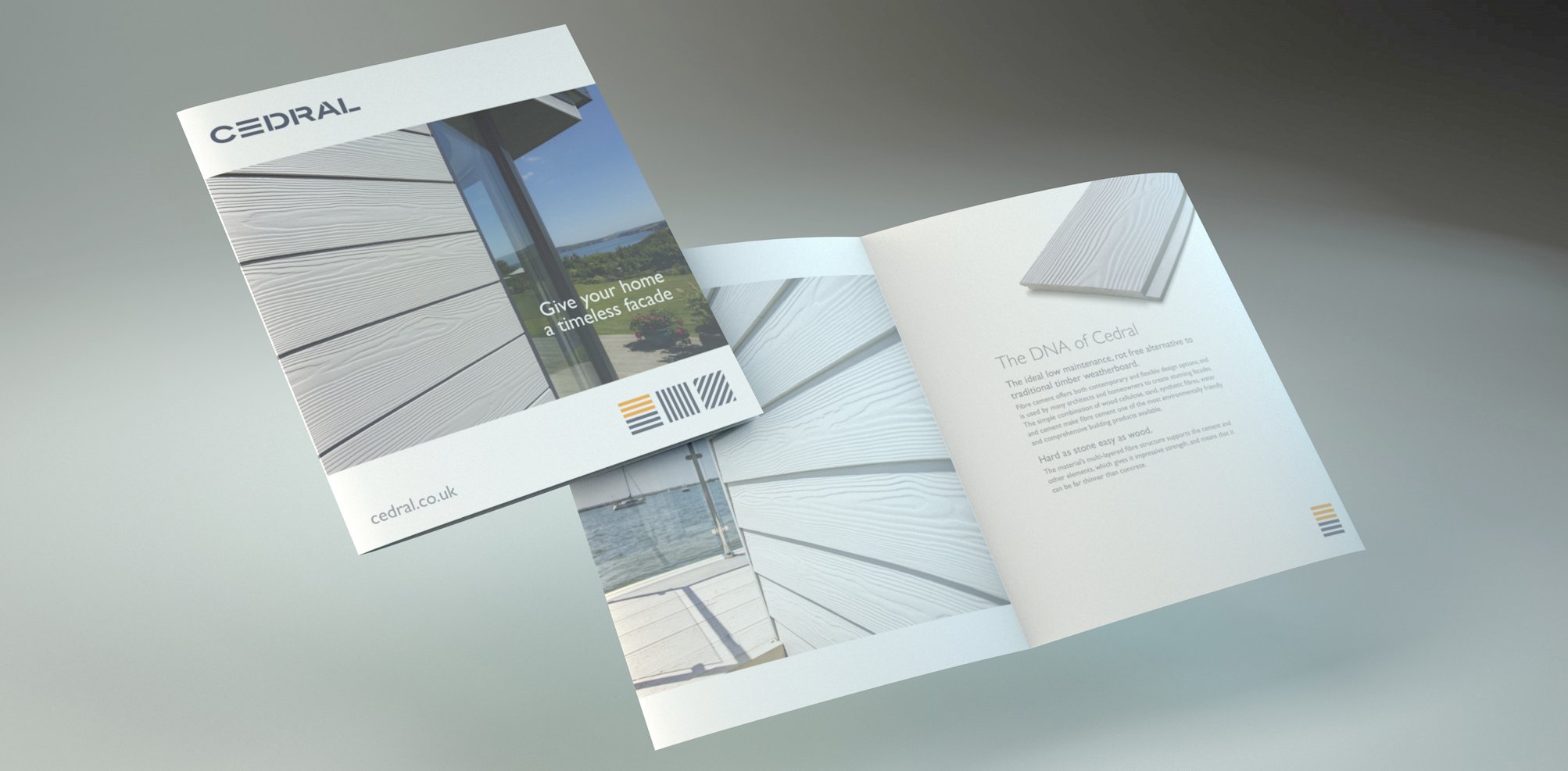After a number of years, your roof will start showing signs of aging. You preferably replace your roof preventively before it is too late. Or to give your home a considerable added value if you are thinking about selling. But if damage to the roof is done, this article helps you consider the different steps to get it fixed.

Replace your roof before it is too late
As the old wisdom goes, prevention is the best cure. You can save yourself a lot of trouble when you replace the roof before it starts leaking. Water infiltration can damage the structure of your building and generate lots of costs for treating and fixing moist walls or ceilings, let alone the urgent intervention to replace your roof.
The older your roof gets, the more you should be thinking about roof renovation. The life-expectancy of a roof depends on a number of factors such as the type of roofing (slates, metal, clay, wood…), the quality of the materials used, the craftsmanship of the roofer who installed it and the environment your roof is exposed to over the years. Saving on quality usually reduces the lifespan of your roof. And the harsher the weather (salt spray, hot climates, storms), the faster your roof will degrade.
Keen an eye on signs of aging. For example, if the roof starts to look worn out, the shingles are curling or shifting out of place, moss or rot is appearing, and so on. These are clear indications that your roof soon needs your attention.

Fixing parts of your roof or a complete renovation?
Over time, moss or lichen form on your roof, especially in wet and shady areas. If the growth blocks the rainwater flow, it might infiltrate your roof between the shingles or tiles and damage your roof structure or underlying spaces. Falling leaves in autumn can also block gutters and rain pipes, so that the water finds its way inside your house. A regular inspection of your roof, eaves and rain pipes – and a bit of cleaning when needed – will keep your home dry.
Age, weather conditions (e.g. storms) and impact (e.g. fallen tree branches) can cause damage to your roof. If there are leaks, you need to act immediately to avoid the problem spiralling out of hand. Check how big the damage is. Are shingles or tiles missing? Can you see any decay? Is the wood starting to rot? Are shingles become brittle? You can decide to fix small affected areas, but often a whole roof replacement is easier than spot repairs – and cheaper in the long run compared to many small fixes.

Boost the resale value of your house
Homes that show signs of damage are particularly difficult to sell. Who wants to buy a house with a leaking roof? So, if you have the funds and you are planning to sell within a few years, a new roof in combination with new siding or windows will boost the value of the house. The price can logically be higher if the new owners would not need to worry about maintenance for years. It is the perfect sales argument.
And while you are at it, you can also improve the insulation of your roof to make your home more energy efficient. The better the energy label of your building, the higher the price that you can ask for it. Often there are also subsidies or tax cuts available for green renovations. However, always check the conditions for this support. Sometimes, you are only entitled if you live in the renovated house for a period of time. Ask your local building authorities to find out more.

How to replace your roof and how much does it cost?
A roof renovation involves removing the old shingles/slates and everything else from the roof down to the deck, and then put on new roofing felt paper and new slates/shingles. You can replace your roof regardless the number of layers of shingles/slates on your roof. You can use high-quality fibre-cement slates to have a robust new roof that will last you a lifetime.
The budget needed for a roof renovation depends on a number of elements: the scope of the replacement work, the location, any financing and subsidies, or a contribution of the insurance company (in case of damage). You can read more about it in our article about roof renovation prices. Usually, roofing works take between 1 to 5 days, depending on the site availability, the weather and the complexity of the roof replacement. A qualified roofer can give you an estimate of the costs and the duration of the works on your specific roof.
We recommend working with skilled roofer who knows your area and the roofing material you want to use for your roof. Experienced roofers also know the requirements and limitations for roofs in your region.
